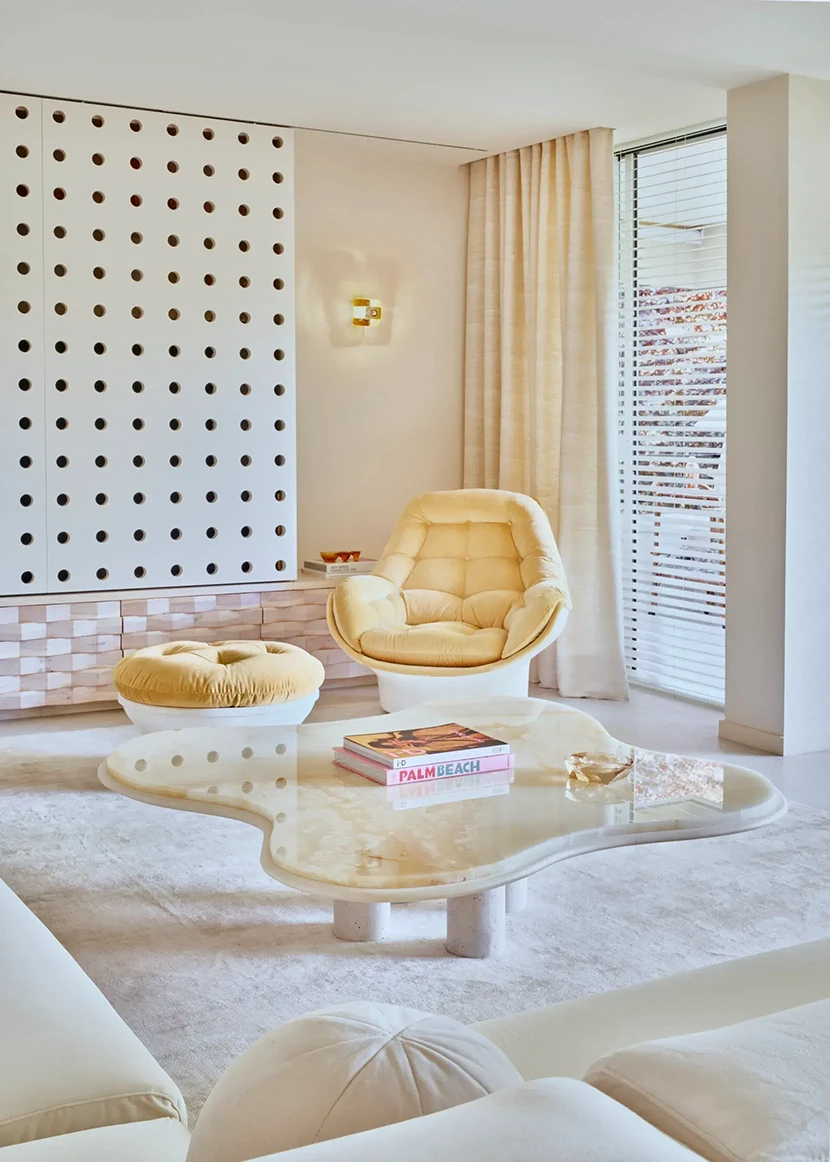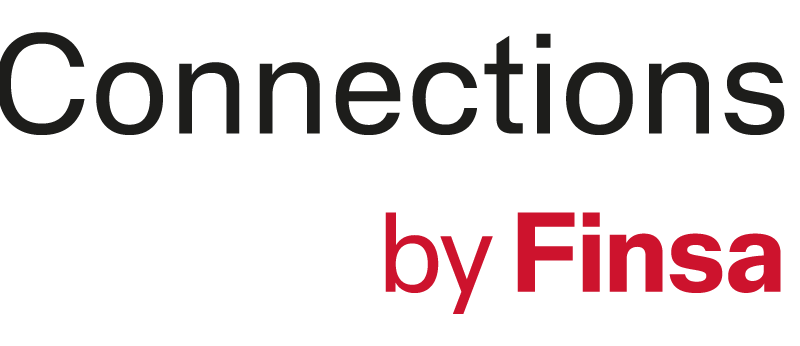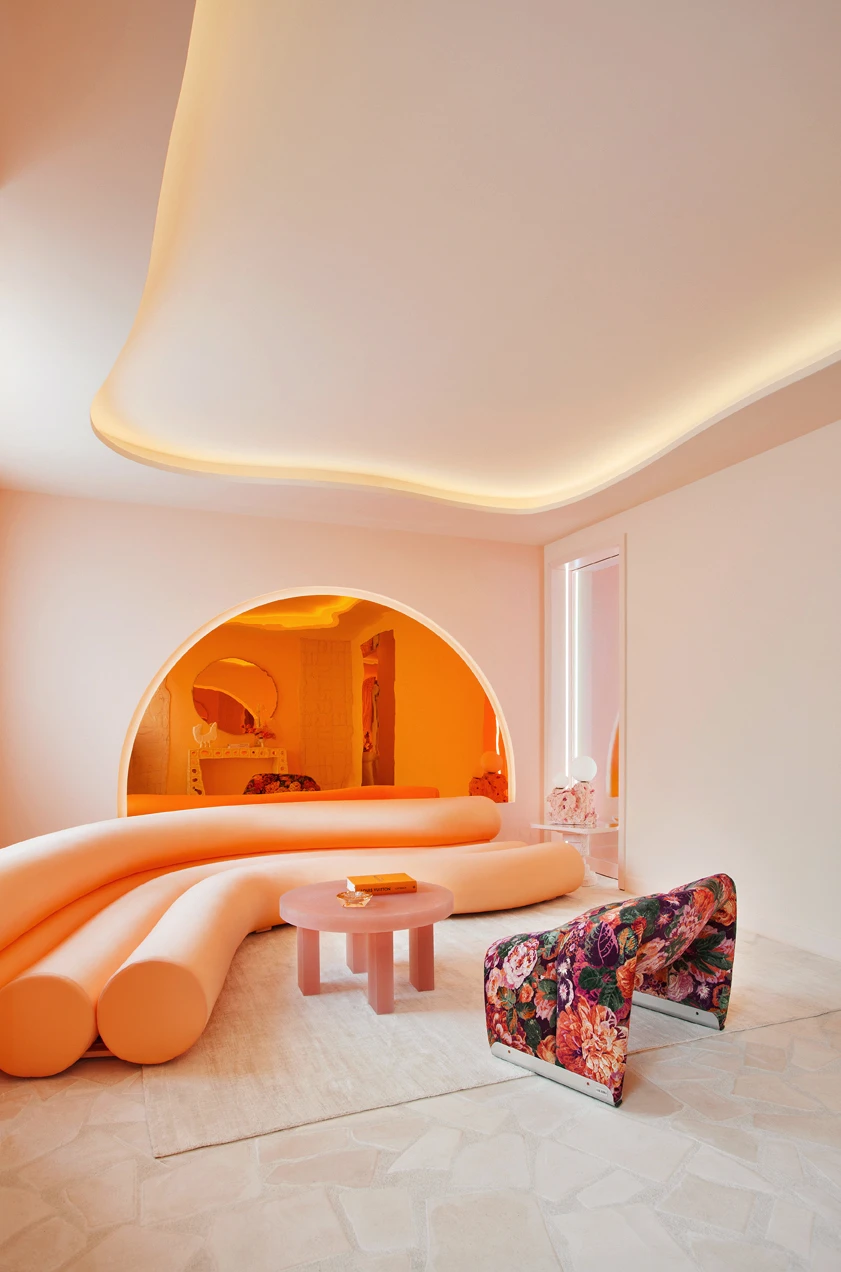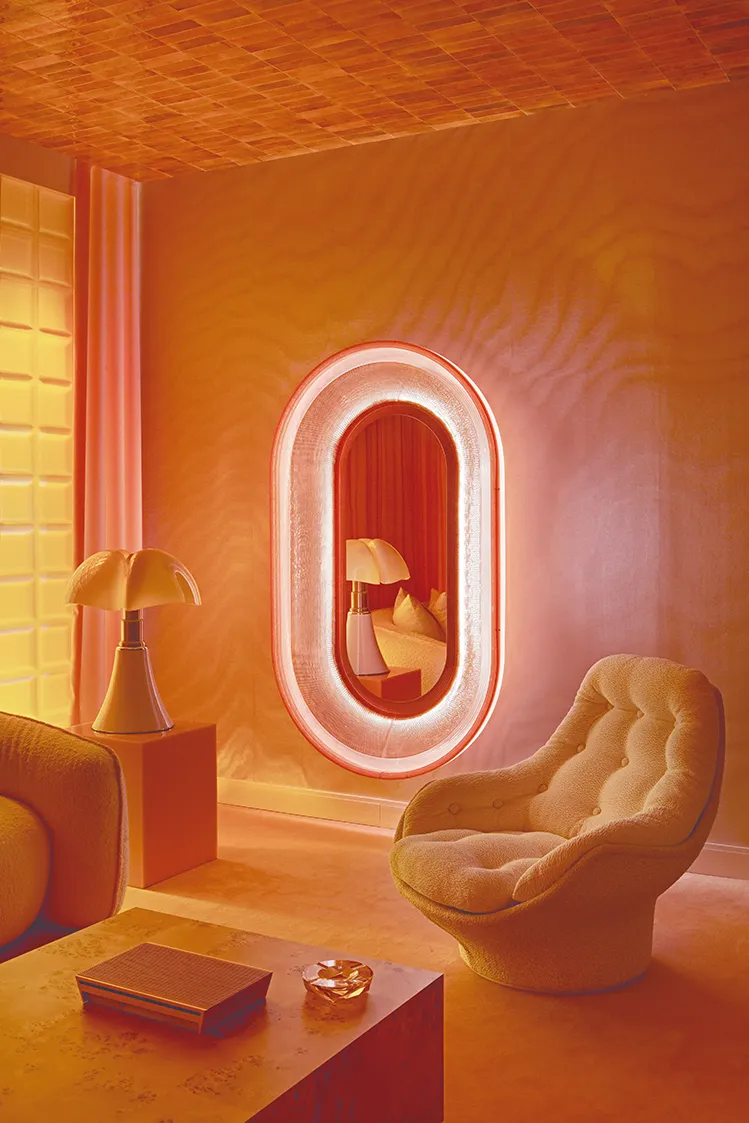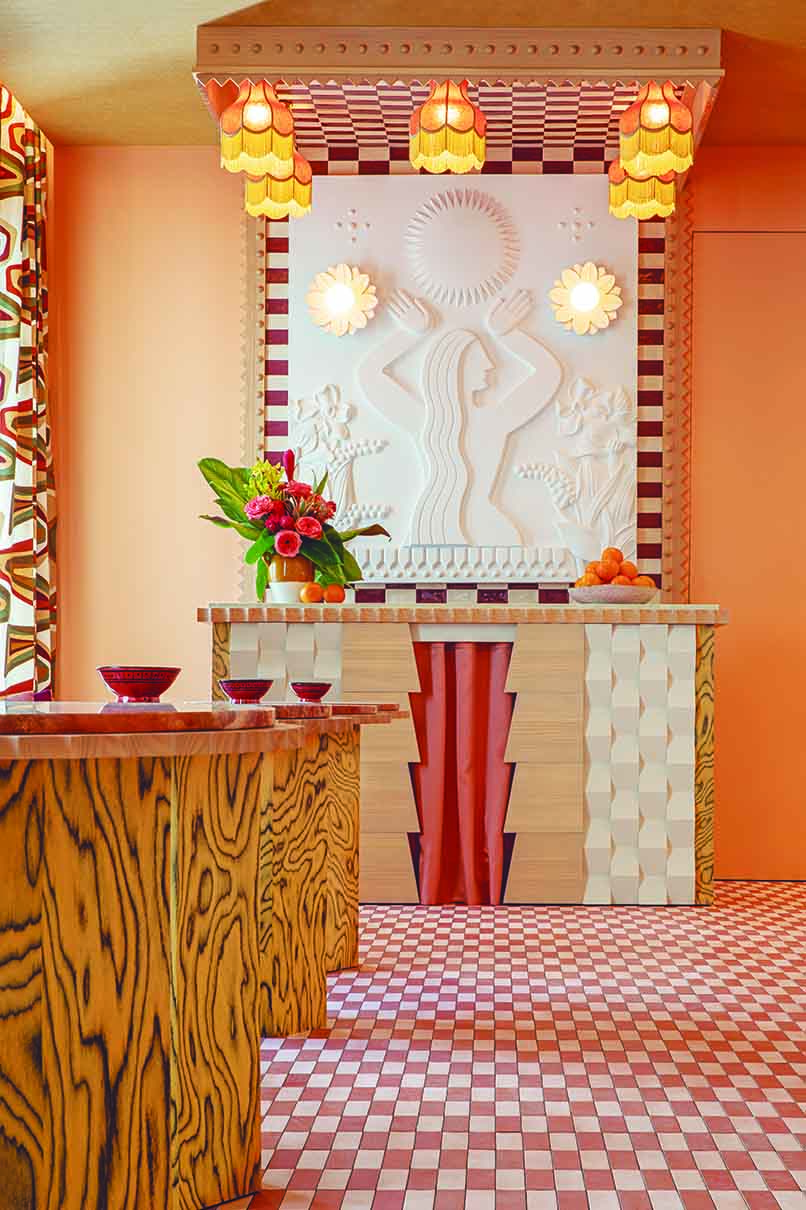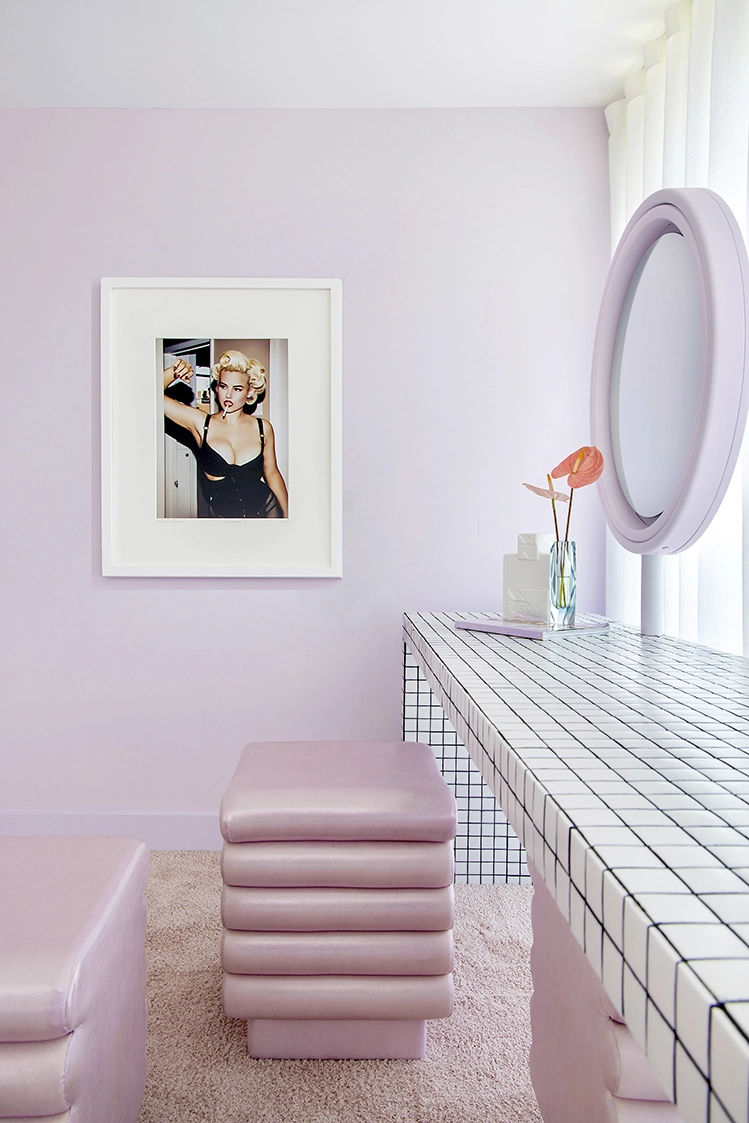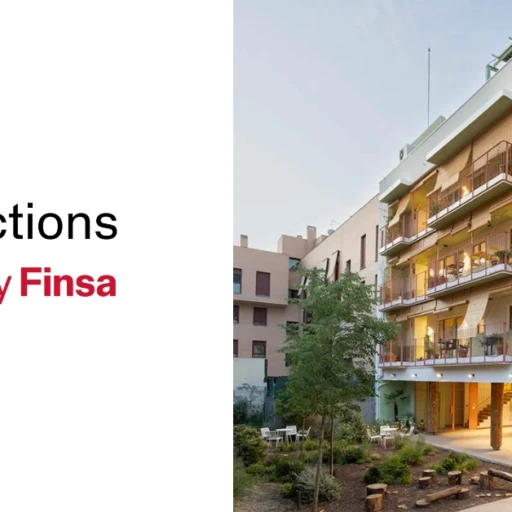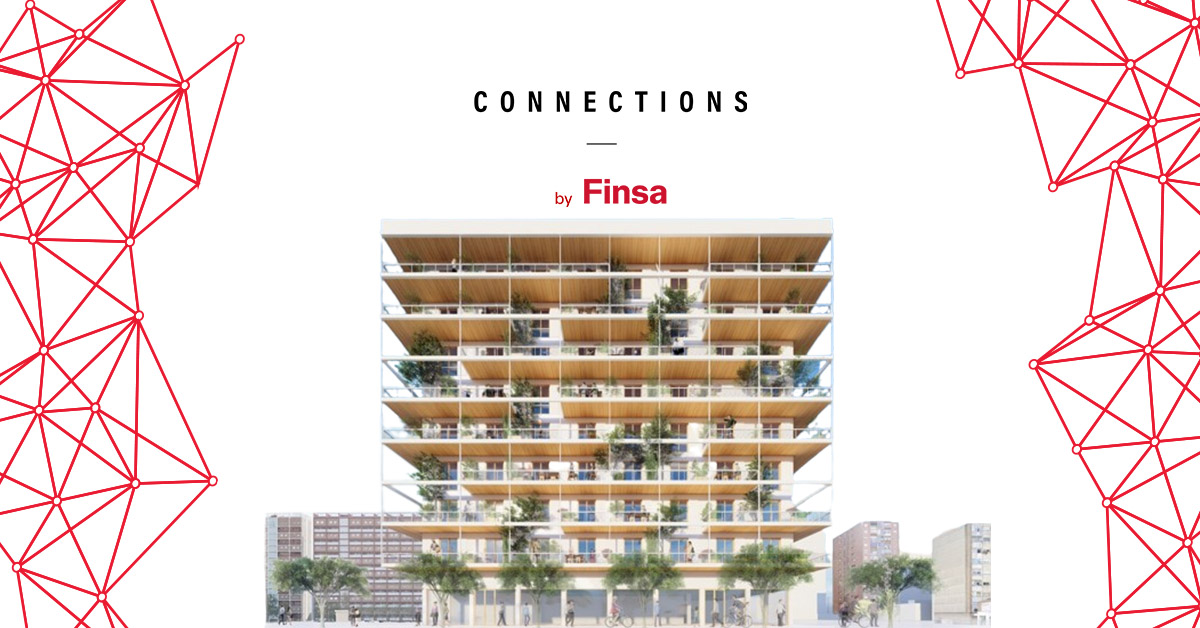Designing in grayscale is not the trend for Miriam Alía, an interior designer included in the AD100 2025 list. He champions colour as the soul of a space and combines it with local and sustainable materials. We analyse trends, the impact of technology, and its sources of inspiration in this CONNECTION WITH… a lover of chromatic explosions—and antiques.
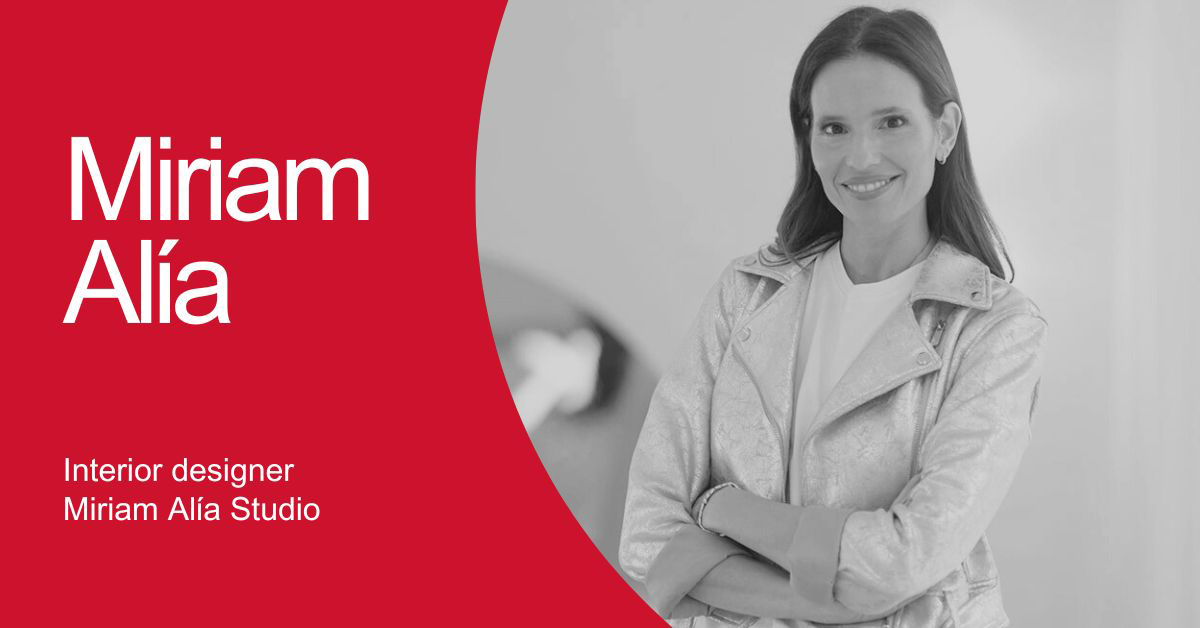
You are especially recognized for your passion for the study of colour. What impact does colour have on interior design?
Colour is the soul of any space. It has the ability to transform environments, create sensations and communicate without words. In interior design, colour not only influences aesthetics, but also people’s emotional well-being. A colour can make a space feel cozy or cool, stimulating or relaxing. It is a powerful tool that should always be used with clear intention, as each tone provokes a different emotional reaction in those who inhabit those places.
Looking back, which projects are you most proud of and why?
I couldn’t choose just one; I like to think that they all have something special, where I create new designs never seen before, or find new materials or coatings that surprise people. Perhaps one of the most incredible experiences was renting an apartment in Oko Tower, in Moscow.
How do you approach an interior design project? How much influence do factors such as location, local aesthetics, or local materials have?
When I approach an interior design project, I always do so with a holistic vision, taking into account both the functional and emotional needs of the space. Localization is key, as it’s not just about creating a beautiful design, but also about understanding the context of the place, the traditions, the climate, and the local culture. Local materials are essential because they not only have a lower environmental impact but also add authenticity to the project. I always try to connect with the environment and use what nature or the history of the place offers me.
What trends do you see emerging in interior design?
In recent years, I’ve seen a movement toward personalization and sustainability. Spaces now seek to be more authentic, reflecting the personality of those who inhabit them. Natural materials, such as wood, stone, and clay, are gaining popularity, as is the integration of natural elements into design. There’s also a return to the past, but with a contemporary perspective, recovering old styles and fusing them with modern elements.
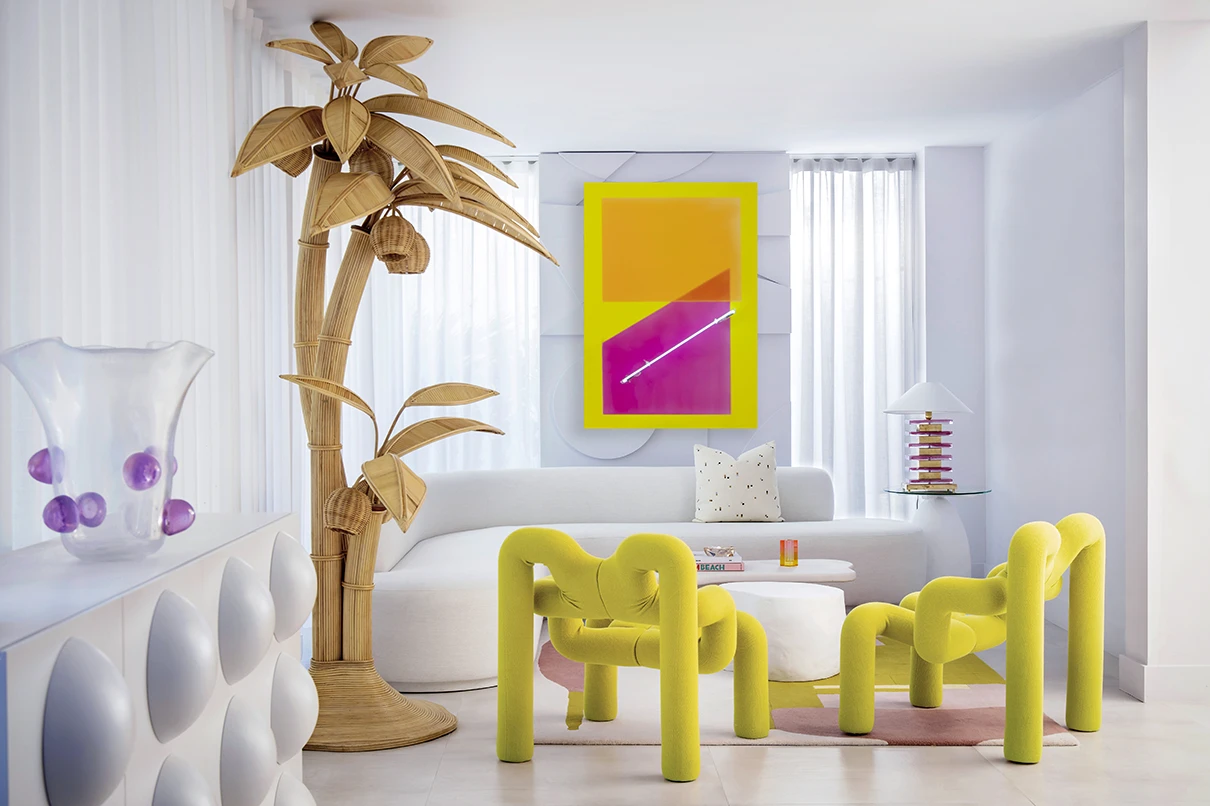
In Connections By Finsa we talked about the fact that there is a trend that favours monochrome (beige, earth tones…), but that in the coming years we will have an explosion of colour. How do you analyse it?
I think monochrome and neutral tones will always be classic, but it’s also true that we’re experiencing a time of revaluation of colour. Colour has great emotional power; many people look to it as a means of expression and energy. The upcoming explosion of colour is all about the desire to break away from what is considered “safe” and venture into the unexpected. It will be a positive change that will allow us to play with more freedom and creativity in our spaces.
How is technology (software, artificial intelligence, etc.) transforming interior design?
The truth is that it’s amazing, there are more and more tools and new opportunities when it comes to design. In the studio, we work a lot with artificial intelligence. It’s incredible, there are no limits. It helps you open your mind and streamline many work processes.
What impact do non-formal training courses like your Domestika course or other collaborations with various organizations have? How do you think they help complement your professional profile once you’ve completed formal studies?
Non-formal training is an excellent opportunity to complement traditional training. Courses and collaborations like those from Domestika offer a more practical, realistic, and accessible look at how to apply knowledge in the real world.
How do you continue to improve as an interior designer? Do you have any methodology? Do you get more inspiration from social media, seeing projects…?
I consider myself an eternal learner. I am always looking for new ways to enrich my knowledge. Although social media is a constant source of inspiration, I try not to rely exclusively on it. I prefer to research, travel, see exhibitions, read books, and learn from other professionals in the sector.
Every project is an opportunity to improve, and I like to stay open to new experiences and approaches. My methodology is always to observe deeply, study, experiment, and when something doesn’t work, learn from those mistakes to grow.
How do you feed your creativity?
Creativity is fuelled by curiosity. I like to surround myself with diverse stimuli: art, nature, travel, music, conversations with other creative profiles. I think it’s important to disconnect and allow ideas to flow without pressure. Sometimes creativity strikes at the most unexpected moments. I also really enjoy collaborative processes, as other people’s ideas can be a great catalyst for new ideas. The key is to keep an open mind and be receptive to all the influences that can enrich your work.
